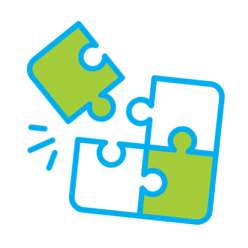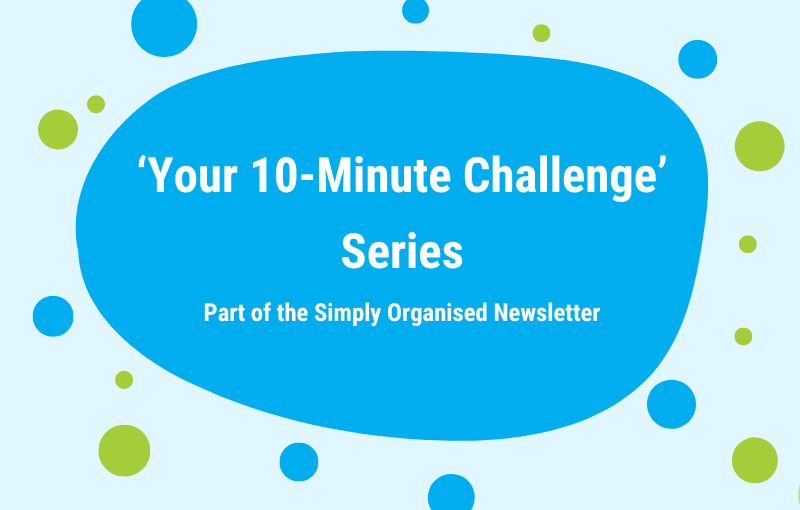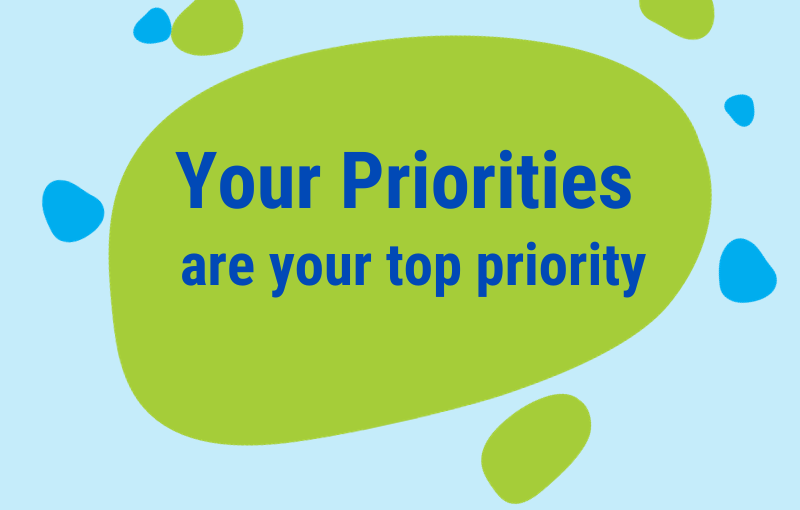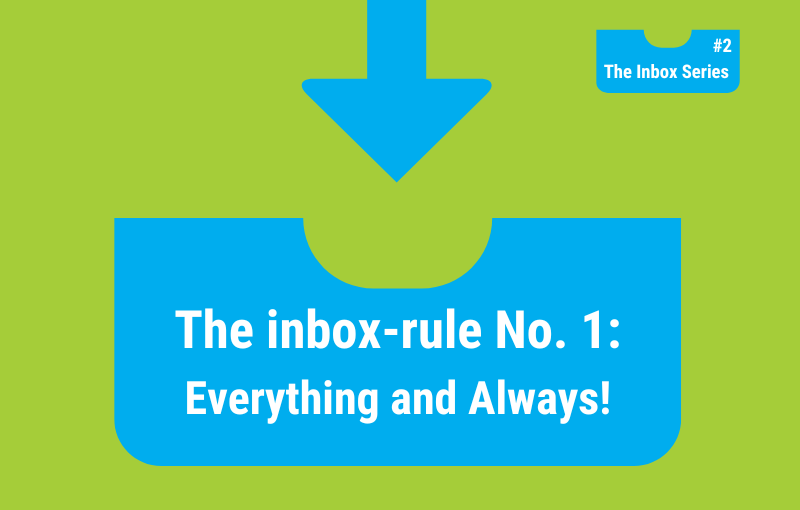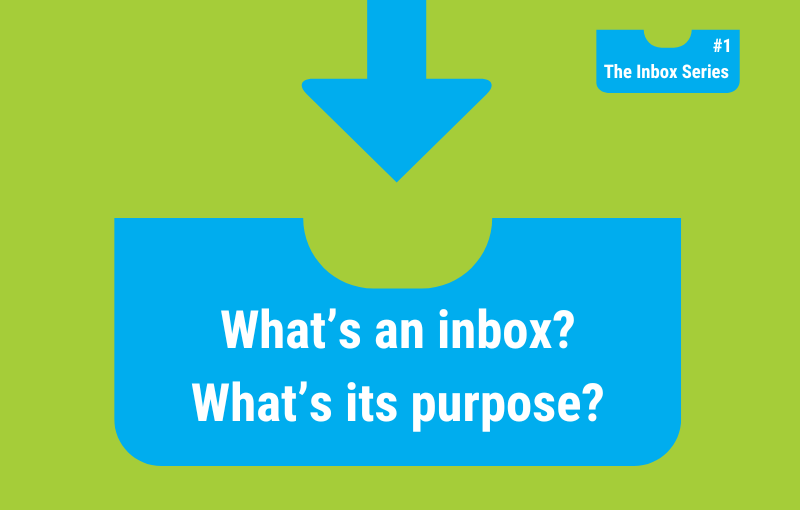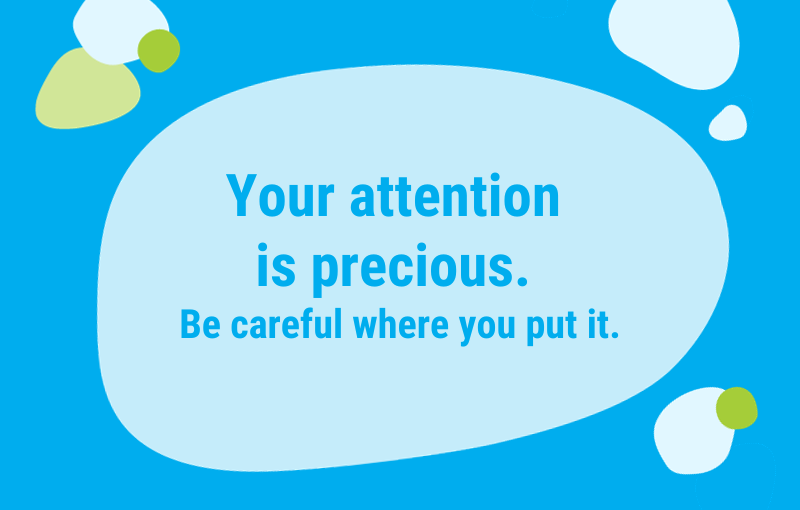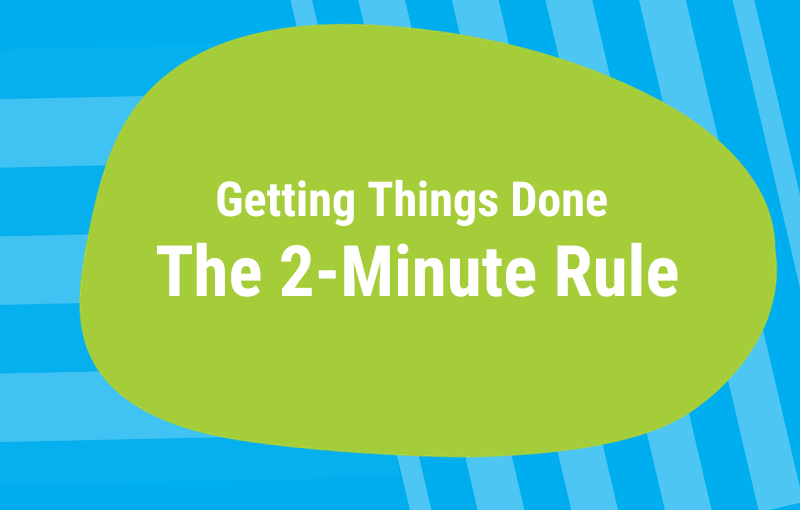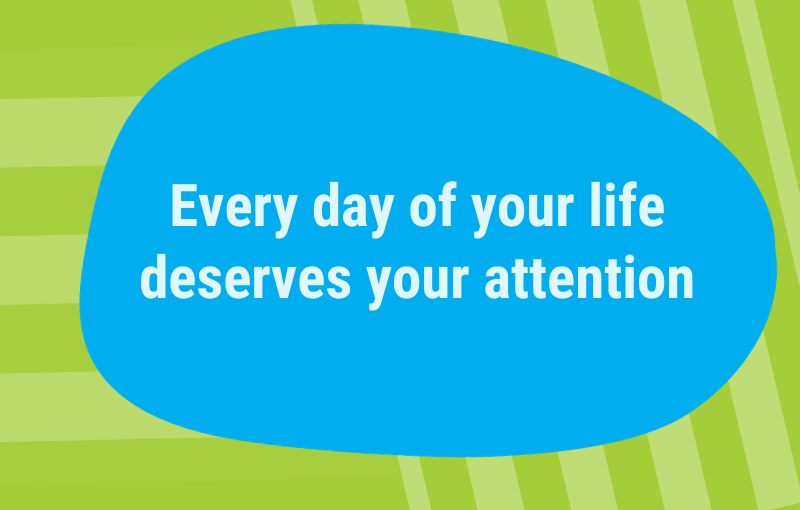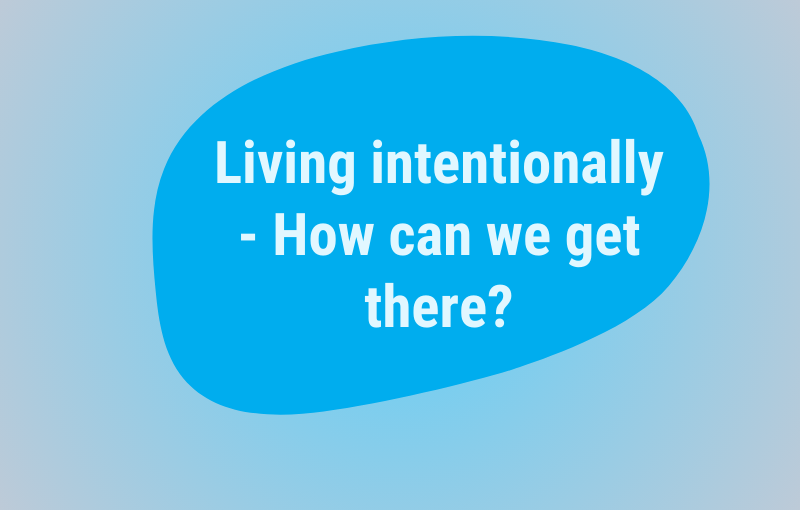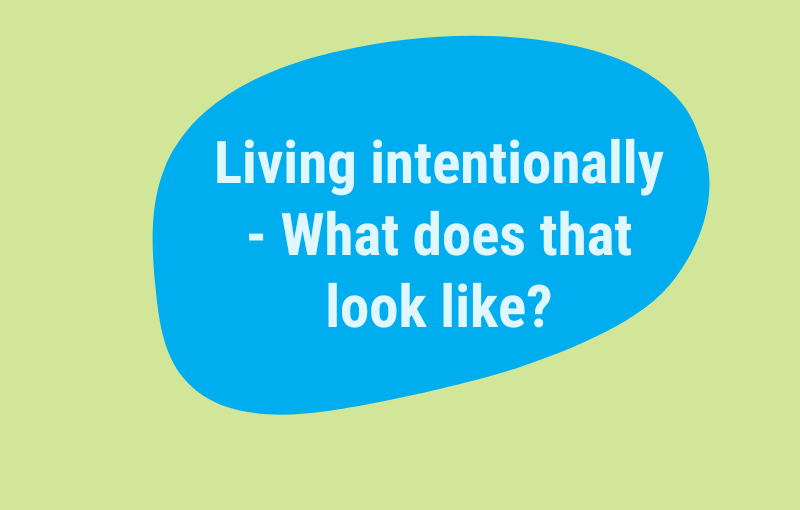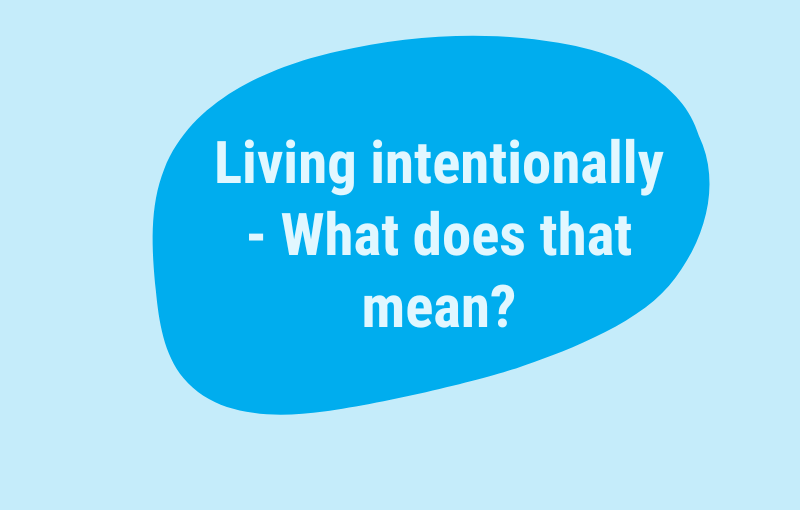The 10-minute Challenge series is part of my weekly Newsletter, ‘Simply Organised.’
I introduced this series after some of my subscribers suggested making the newsletter emails even shorter, less complex, and more practicable.
The purpose of each challenge is to help you organise yourself and your life better.
The challenge could relate to managing your home, your physical paperwork and digital information, your to-do list and calendar, and, of course, to managing your mind/mindset.
The beauty of these 10-minute challenges is their simplicity.
They’re designed to be quick – just 10 minutes! -and easy, allowing you to experiment without investing much time.
You’ll know almost immediately if the suggested exercise is beneficial for you. If it is, incorporate it into your routine. If not, simply move on to the next one.
Continue reading Your 10-minute Challenges help you get Simply Organised.
